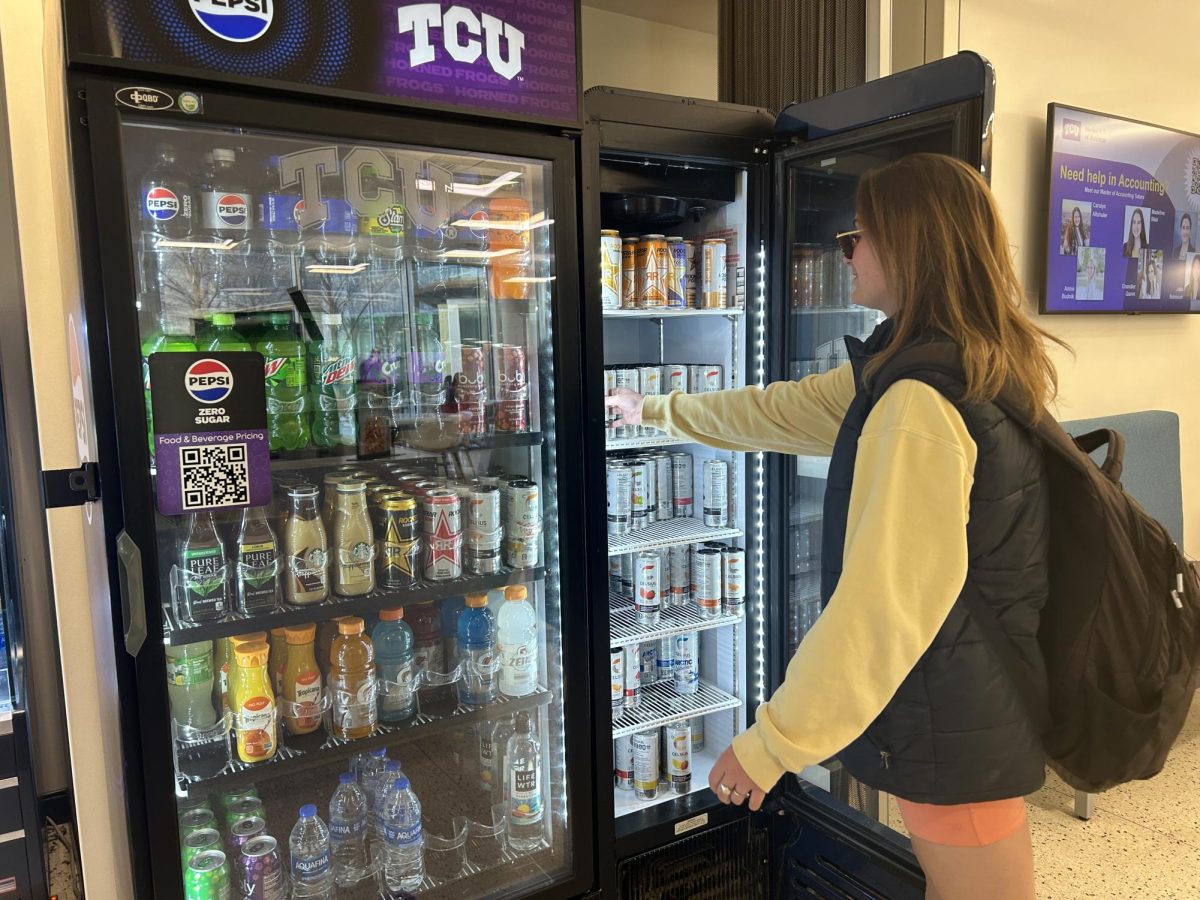Traveling and spending time outdoors led Ian Dalziel to apply to the Navy; however, after learning that a lazy eye would keep him from being enlisted, a keen curiosity for the Earth led him in another direction.
Dalziel, a research professor at the Institute for Geophysics at the University of Texas at Austin, presented his lecture “Is There a Supercontinent Cycle in Earth History: Paleontology over the Last Billion Years” Monday night at the Sid Richardson Building.
Dalziel, a native of Glasgow, Scotland, received his graduate degree from the University of Edinburgh
Dalziel said the goal of his lecture is to present a broad perspective on Earth’s history and the several theories that are being proposed by geologists today, which explain the similarities of geological content on continents that are oceans apart.
According to present-day GPS systems, geologists have measured that everything on the Earth is moving, Dalziel said.
Dalziel said he believes that North America rifted from the center of the pre-Pangaean supercontinent Laurentia, and is a tectonic tracer. The North American tectonic tracer allows geologists to trace the movement of the land mass around the world identifying various other land masses in which it was once attached to.
“This is why geologists have found rocks in East Antarctica that are indistinguishable from granite found in North America,” Dalziel said. “Specifically there have been rocks found in the Grand Canyon states that are also found in Antarctica.”
The supercontinent Laurentia was created as continents moved about the surface of the Earth, bumping into other continents and drifting away. Dalziel said there is a substantial amount of evidence that supports the transfer of continental crust by way of a continent-to-continent collision.
Dalziel said geologists continue to make this their lives’ work because of the information it provides about the location of important mineral resources, as well as sheer scientific curiosity.
Dalziel recently returned from six weeks on the ice in Antarctica and has served as the chief scientist on 20 scientific cruises.
“The most exciting part about my job is discovering new things, and during these cruises we found information that reinterpreted the layout of the Earth’s ocean floor,” Dalziel said.
His profession does involve risky situations, especially when at sea and over ice, but the most dangerous threat when traveling is humans, Dalziel said.
“While working in Africa, my colleagues and I have run into people that do not want you on or near their land,” Dalziel said. “I can normally predict what nature is going to throw at me but you can never predict what people will do.”




